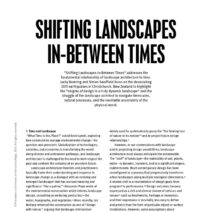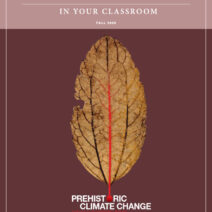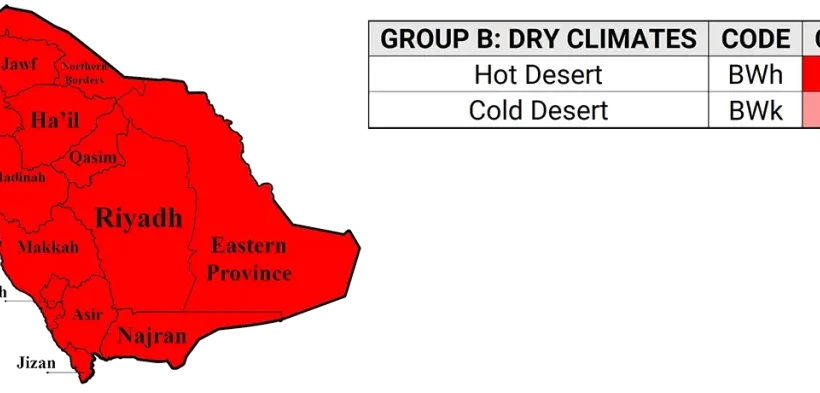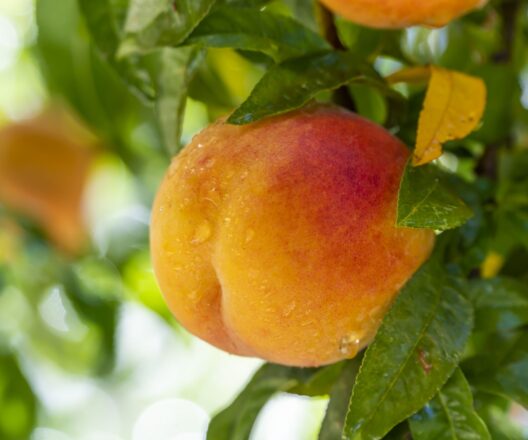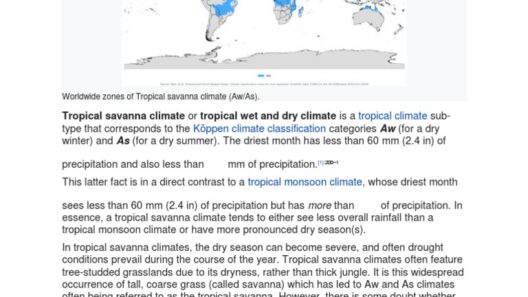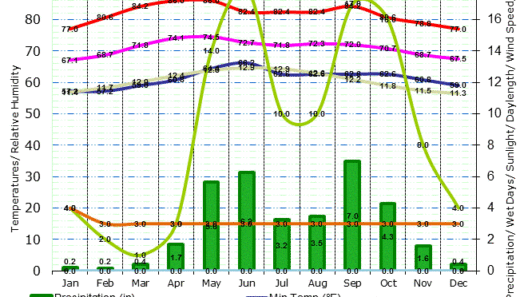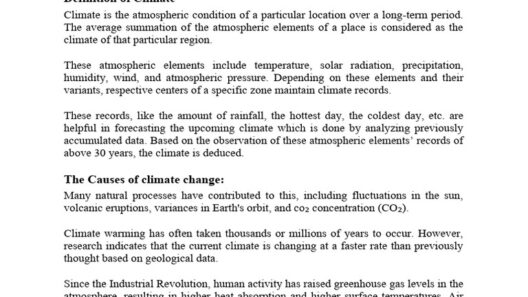The climate of Saudi Arabia is predominantly characterized by its arid desert environment. The vast majority of the kingdom is enveloped in the Sahara Desert and the Arabian Desert, resulting in extreme weather conditions that are starkly different from those found in temperate regions. With temperatures soaring during the day and plummeting at night, understanding the nuances of this climate is crucial for both residents and visitors alike.
Saudi Arabia experiences a predominantly desert climate, classified under the Köppen climate classification as BWh, which denotes a hot desert climate. This classification is marked by high temperatures and insufficient precipitation throughout the year. In the summer months, from June to August, temperatures can reach a sweltering peak, often exceeding 50°C (122°F) in several regions. This extreme heat renders outdoor work nearly impossible during the daylight hours, compelling individuals to adapt to a nocturnal rhythm.
In contrast to the searing summers, winters—particularly from December to February—exhibit a more temperate climate, especially in the northern areas. While daytime temperatures can be pleasantly mild, often ranging from 14°C to 24°C (57°F to 75°F), nighttime lows can plunge to near freezing in some parts, creating a sharp contrast that underscores the desert’s dramatic temperature fluctuations.
Rainfall is an infrequent event in Saudi Arabia, further intensifying its arid classification. The annual precipitation is usually less than 200 mm (7.9 in), with the western coastal regions along the Red Sea receiving slightly more rainfall than the interior. The rain is predominantly concentrated in the winter months, primarily between November and March. However, even during these months, precipitation can be sporadic and often manifests as quick, intense showers that can lead to flash flooding, given the parched nature of the soil.
One might wonder about the presence of arable land in such a dry environment. Agriculture in Saudi Arabia is heavily reliant on advanced irrigation techniques, exploiting groundwater resources, which are often extracted from deep underground aquifers. This underground reservoir, however, is not infinite; excessive reliance on these resources poses sustainability concerns for future generations.
Climate variations are not uniform across the country. The eastern and southern regions of Saudi Arabia, particularly the Arabian Gulf coast, experience a more humid climate due to proximity to the sea, contrasting sharply with the drier interiors. Towns like Dammam and Khobar are marked by high humidity levels, which can make the already high temperatures feel even more oppressive.
Moreover, the unique microclimates within the highlands, such as in the Asir province, can bewilder observers. The Asir Mountains experience a cooler climate with increased rainfall compared to other regions, fostering dense vegetation and fertile landscapes that starkly contrast with the surrounding desert ecosystem. The altitude in these areas promotes a microclimate that supports diverse flora and fauna, making it an important ecological zone within the kingdom.
Saudi Arabia’s climate is profoundly impacted by global climate change, which has introduced new challenges to its already precarious environmental scenario. Rising global temperatures are contributing to increased evaporation rates, further exacerbating water scarcity issues in the region. Furthermore, climate change has been linked to altered precipitation patterns, potentially leading to more frequent droughts and the unpredictability of the already minimal rainfall.
To combat these challenges, the Kingdom has embarked on ambitious plans to diversify its water sources. Initiatives aimed at expanding desalination facilities are underway, which convert seawater into potable water. This expensive yet vital effort is crucial for sustaining the burgeoning population and supporting agricultural activities in this arid land.
In addressing the broader implications of climate change, environmental awareness has seen a resurgence within Saudi society. Recent years have witnessed a growing recognition of the importance of protecting the environment among the youth, driven by an increasing number of grassroots organizations advocating for sustainable practices. Initiatives aimed at afforestation, promoting renewable energy, and community education about environmental stewardship are now gaining momentum.
Yet, despite these initiatives, significant challenges remain. Urbanization and rapid industrial growth continue to exert pressure on the environment, with increased emissions contributing to poor air quality in major cities such as Riyadh and Jeddah. The interplay between urban development and environmental conservation necessitates a delicate balance, one that policymakers must navigate carefully to ensure sustainable progress.
In conclusion, the climate of Saudi Arabia is a remarkable blend of extremes, embodying a landscape where relentless heat and sporadic rainfall coalesce into a unique environmental narrative. The challenges posed by climate conditions call for innovative solutions and a collective commitment to sustainable practices. With the desert’s cliché of desolation juxtaposed against efforts to foster an ecological consciousness, the kingdom stands at a critical crossroads, where the trajectory of its climate future depends on actions taken today. Understanding these dynamics is not merely a matter of interest; it is a foundational aspect of ensuring resilience in the face of an inherently unpredictable climate.
